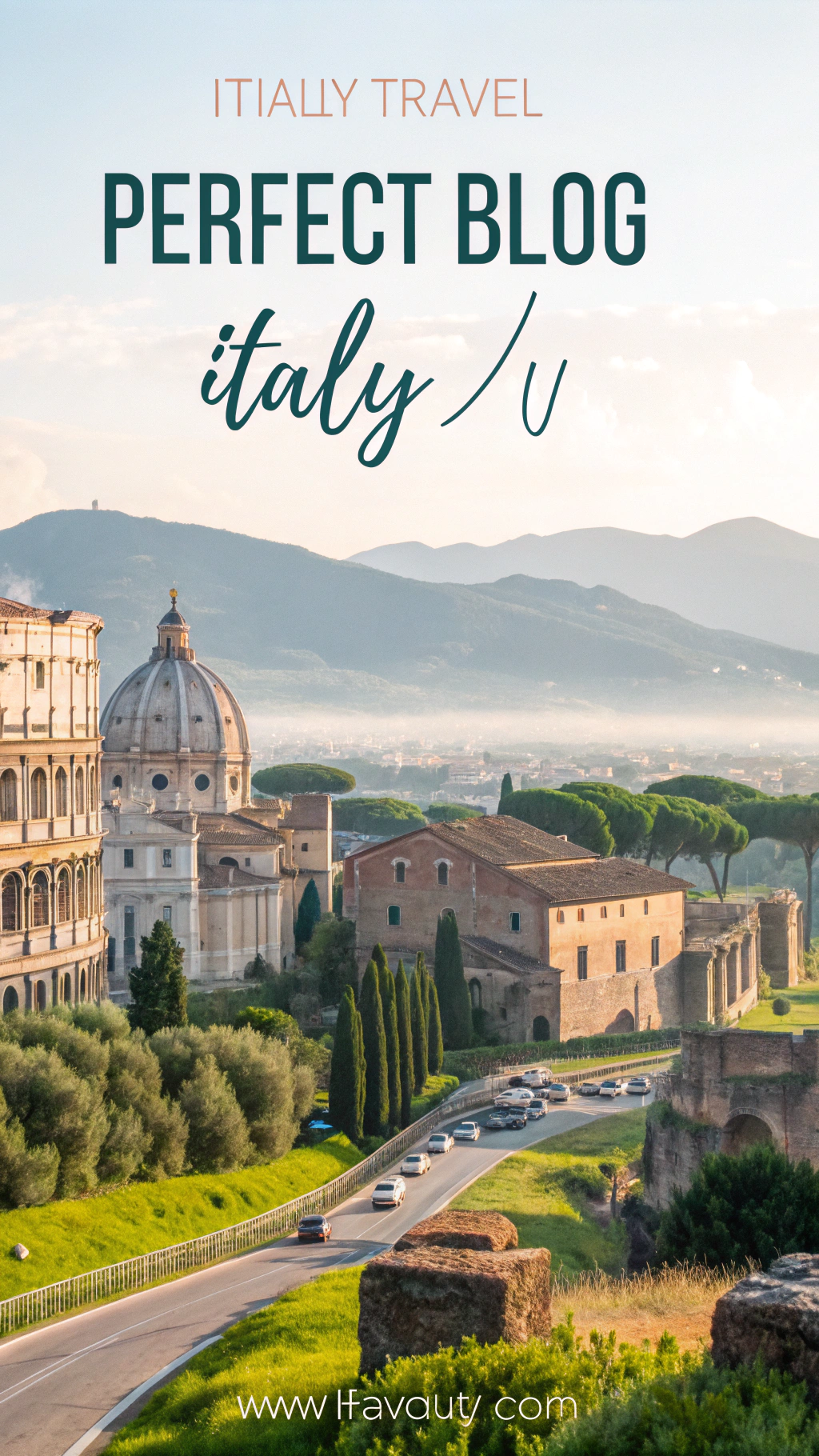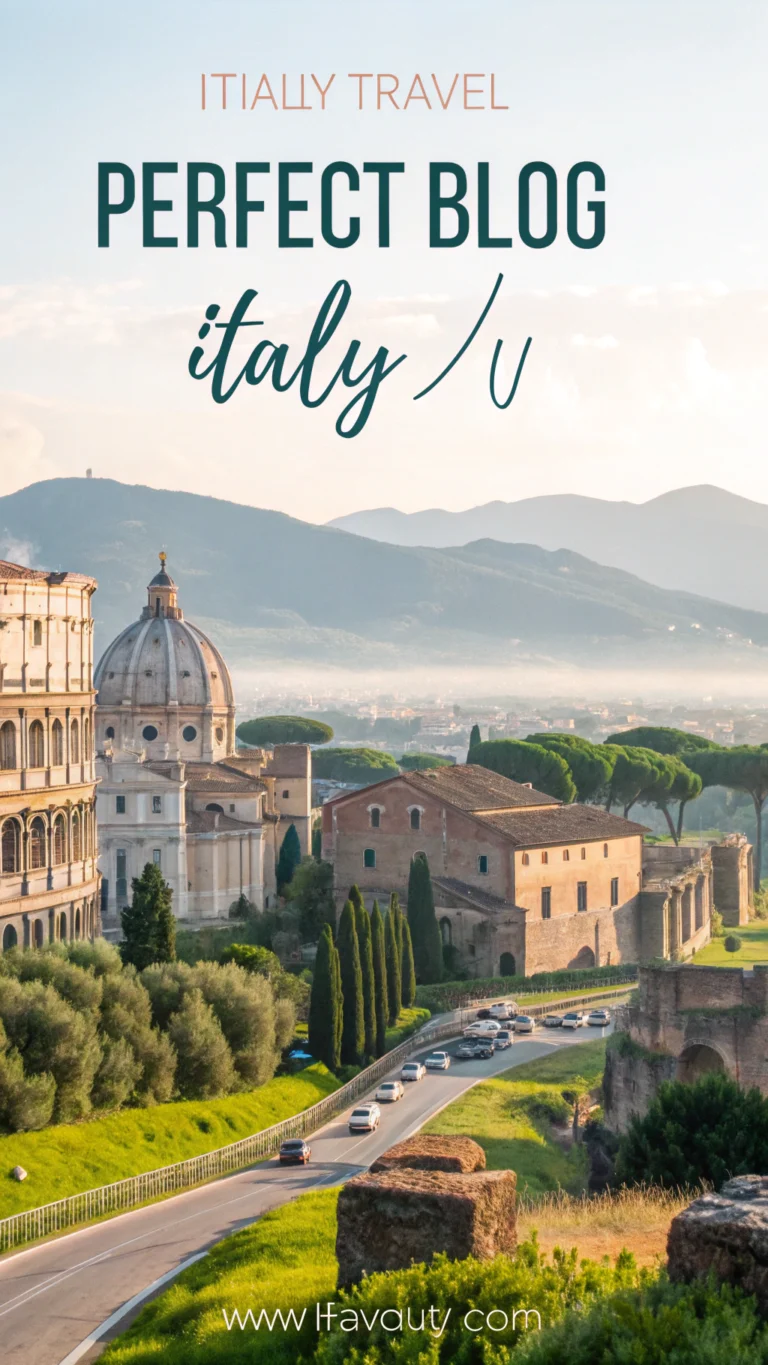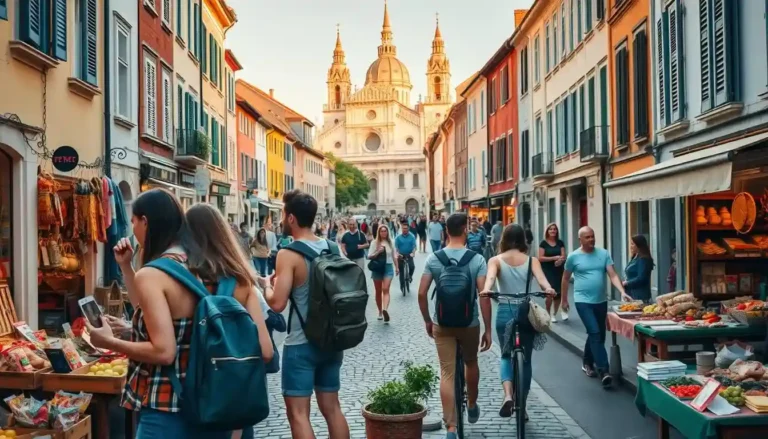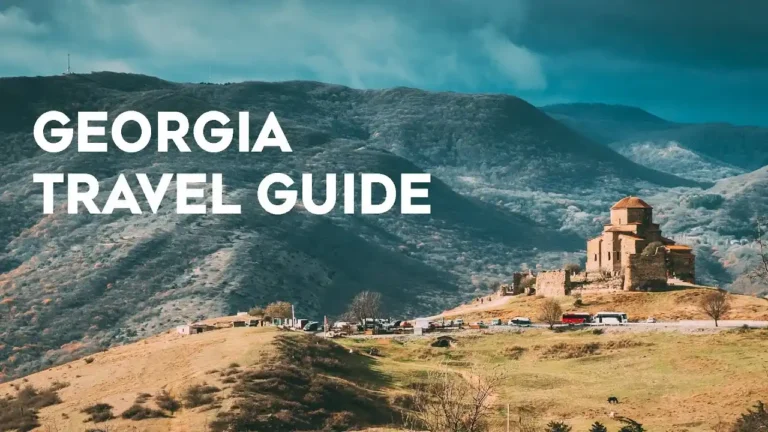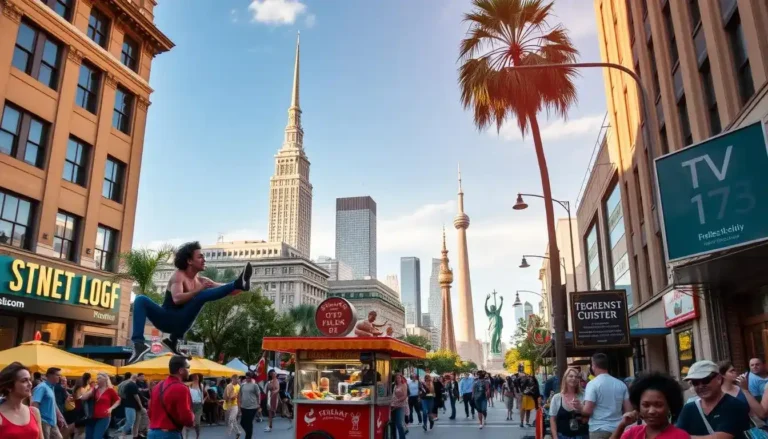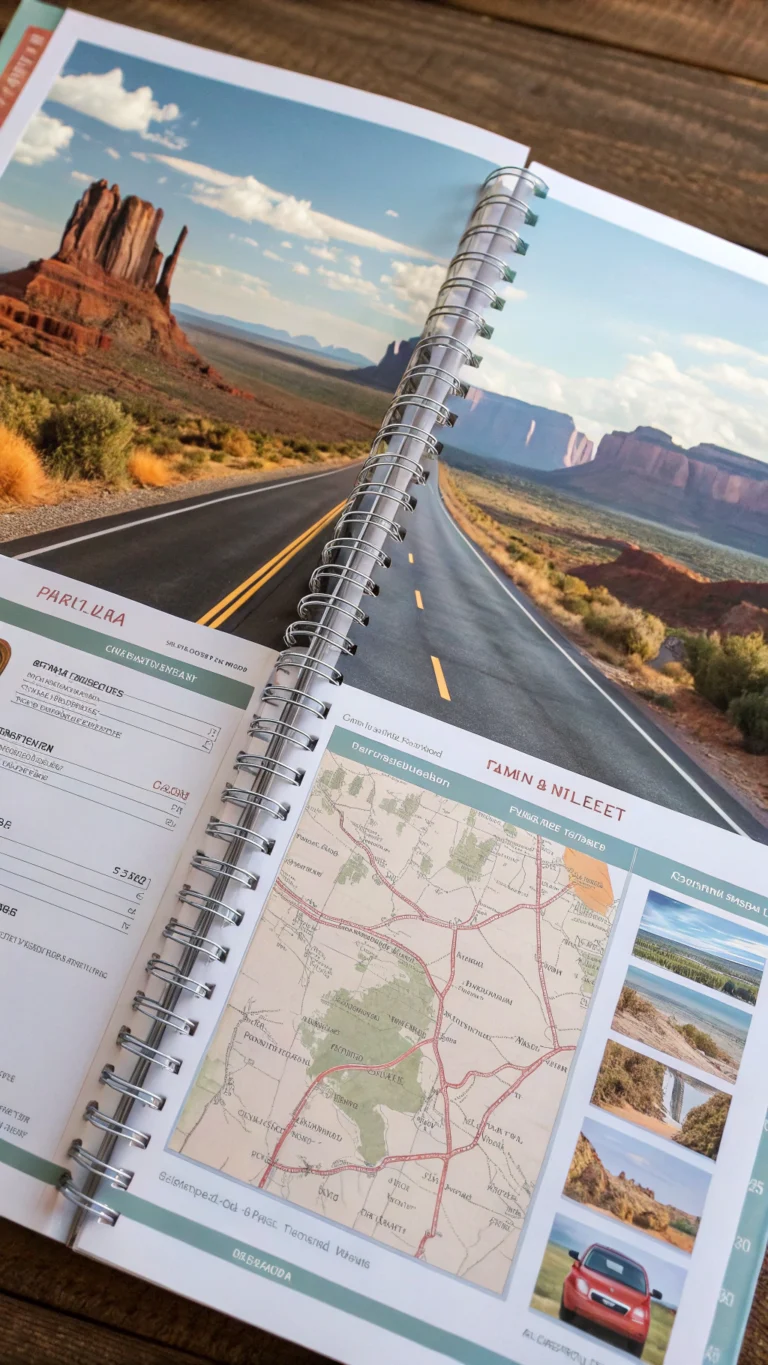Italy Travel Blog: 7 Best Hidden Gems to Discover on Your Trip
Table of Contents
Introduction
Although 94 million people visit Italy’s well-known sites each year, fewer than 5% explore its most captivating hidden treasures. The most genuine Italian experiences are frequently found in these lesser-known gems, away from throngs of tourists and commercial travel. As a passionate traveler who chronicles my adventures on my Italy travel blog, I’ve found remote towns, immaculate beaches, and regional culinary hotspots that have largely escaped mainstream tourist. This thorough guide uncovers seven amazing hidden treasures that will elevate your trip to Italy from mediocre to remarkable.
Destination Overview

With a rich history spanning more than 3,000 years, Italy is a boot-shaped peninsula that extends into the Mediterranean. The nation’s cultural legacy is unmatched, ranging from the ancient Roman ruins to the Renaissance works of art in Florence. Beyond these well-known locations, though, is Italy that few tourists see: genuine communities where customs haven’t changed in years, beach getaways where people outnumber visitors, and mountain villages where time seems to have stopped..
The shoulder seasons (April–May or September–October) are the ideal times to discover these hidden treasures because of the moderate average temperatures of 18–24°C (64–75°F). You’ll enjoy more genuine local experiences and escape the summer crowds, which can raise rates by as much as 40%. Recent travel statistics show that tourists who visit at these times report 30% higher satisfaction levels and spend about 25% less than those who visit during the busiest travel seasons.
Travel Itinerary
Day 1-2: Civita di Bagnoregio, Lazio
This breathtaking “dying city” perched atop an eroding volcanic plateau is accessible only by a pedestrian bridge. With fewer than 12 residents year-round, it offers an authentic glimpse into medieval Italian life.
- Morning: Cross the bridge early (opens at 8 AM) to beat day-trippers
- Afternoon: Explore narrow cobblestone streets and enjoy lunch at Antica Trattoria
- Evening: Witness a stunning sunset over the valley from Belvedere viewpoint
Day 3-4: Matera, Basilicata
Once Italy’s “national shame” due to poverty, Matera is now a UNESCO World Heritage site featuring ancient cave dwellings called “Sassi” that date back 9,000 years.
- Day 1: Explore the Sassi districts with a local guide (saves 3 hours compared to self-guided tours)
- Day 2: Visit the rupestrian churches and Casa Noha museum
- Evening: Enjoy dinner in a restaurant carved into the rock face
Day 5-7: Procida Island, Campania
While tourists crowd Capri and Ischia, colorful Procida remains delightfully authentic with its pastel-colored harbor and laid-back atmosphere.
- Day 1: Wander through Marina Corricella’s rainbow-hued houses
- Day 2: Visit the medieval Terra Murata fortress and abbey
- Day 3: Relax at Chiaiolella Beach while enjoying fresh seafood
Must-See Attractions
Beyond the typical Italian itinerary, these hidden treasures deliver unforgettable experiences while remaining refreshingly uncrowded:
Alberobello’s Trulli Houses (Puglia): These prehistoric-looking, cone-roofed limestone dwellings create a fairytale landscape. Visit early morning before tour buses arrive at 10 AM.
Bagnone (Tuscany): This tiny medieval village with stone bridges and waterfalls offers the Tuscan experience without Florence’s crowds. As my Italy travel blog readers often report, you’ll likely be the only tourists there.
Castelmezzano (Basilicata): Dramatically set against the Dolomiti Lucane mountains, this village offers the “Flight of the Angel” zipline experience connecting to neighboring Pietrapertosa.
Lake Orta (Piedmont): While tourists flock to Como and Garda, this romantic alpine lake with San Giulio Island remains serene and undiscovered.
Where to Stay
Civita di Bagnoregio
- Corte della Maestà: This boutique hotel offers just four rooms in a 16th-century palace (€180-250/night)
- Ideal for: Couples seeking romance and photographers
Matera
- Sextantio Le Grotte della Civita: Sleep in modernized ancient caves (€200-300/night)
- Budget option: Casa Netural hostel offers cave dormitories (€25-40/night)
- Ideal for: History enthusiasts and architecture lovers
Procida
- La Casa sul Mare: Charming B&B with spectacular harbor views (€120-180/night)
- Ideal for: Beach lovers and those seeking authentic island life
Food & Local Cuisine
Each of these hidden gems offers distinctive culinary experiences far from tourist-oriented restaurants:
- Civita di Bagnoregio: Try “Lombrichelli al ragù di cinghiale” (handmade pasta with wild boar sauce) at Alma Civita
- Matera: Sample “Crapiata” (ancient legume soup) and “Pane di Matera” (IGP-protected bread)
- Procida: Don’t miss “Lingua di Procida” (lemon-infused pastry) and fresh lemon salad
For dietary restrictions:
- Vegan options abound in Matera’s new wave restaurants like Oi Mari
- Gluten-free travelers will find accommodating menus at La Talpa in Procida
Travel Tips & Essentials
- Transportation: Rent a compact car for villages (large vehicles can’t navigate narrow streets)
- Language: Download Google Translate’s Italian offline package – English is limited in these areas
- Connectivity: Purchase a local SIM card (TIM offers the best rural coverage)
- Payment: Bring cash! Many smaller establishments don’t accept cards
- Cultural etiquette: Greet shopkeepers with “Buongiorno” upon entering and “Arrivederci” when leaving
Common Mistakes to Avoid
- Rushing through villages: These hidden gems reward slow exploration. Budget at least one full day per location.
- Dining near main squares: Walk at least 200 meters from central areas to find authentic local restaurants with 30-40% lower prices.
- Visiting during Italian holidays: Villages become crowded with domestic tourists during Ferragosto (August 15) and Easter.
- Relying solely on credit cards: Many family-run establishments accept cash only.
Budget Breakdown
- Accommodations: €40-250/night depending on style and season
- Meals: €15-25 for authentic local restaurants, €8-12 for lunch
- Transportation: €40-60/day for rental car including fuel
- Entrance fees: Most villages are free to explore; museums average €5-10
- Daily total: Budget travelers can manage on €80-120/day; mid-range €150-250/day
Compared to Florence or Venice, where daily expenses run 40-60% higher, these hidden gems offer exceptional value while delivering more authentic experiences.
Final Thoughts
Italy’s undiscovered treasures provide the ideal harmony of stunning scenery, genuine culture, and tranquil exploration—elements that are becoming more and more uncommon in well-known travel locations. You may find the real heart of Italy by going off the usual tourist route, where you will find friendly locals willing to share their culture, centuries-old customs, and breathtaking scenery that fosters deep connections.
Have you been to any of these hidden locations? Leave a comment below with your experiences, or begin organizing your unique Italian journey right now!
FAQs
What time of year is ideal for exploring Italy’s hidden treasures?
The best weather, fewer tourists, and cheaper costs are found in April–May and September–October. Harvest festivals are held in the fall in many villaggi (small communities), offering distinctive cultural experiences.
Are these places accessible without a car?
Although most places can be reached by public transportation, having a car gives you more freedom to explore the surrounding areas. The last part of certain communities, like Civita di Bagnoregio, must be walked.
Do these places have guides who speak English?
Smaller destinations have limited English services. Use translation apps or make reservations for guides in advance through the local tourism bureaus. It is strongly advised to learn some fundamental Italian phrases.
Does visiting Italy’s hidden jewels cost a lot of money?
Generally speaking, these locations are 30–40% less expensive than popular tourist cities. Costs are kept low by family-friendly lodging, neighborhood eateries, and fewer commercial attractions.
Are these locations appropriate for families with kids?
Of course! Kids especially love the beaches of Procida and the fairytale-like trulli cottages of Alberobello. However, compared to tourist-focused areas, expect to find fewer facilities specifically designed for children.

